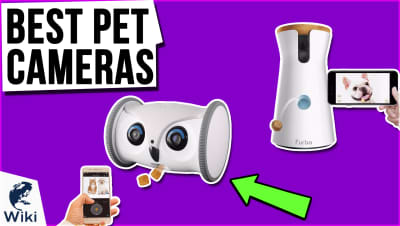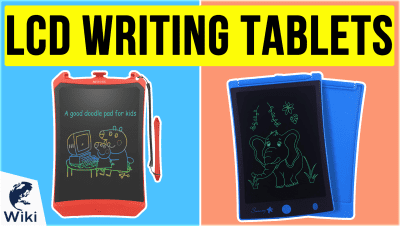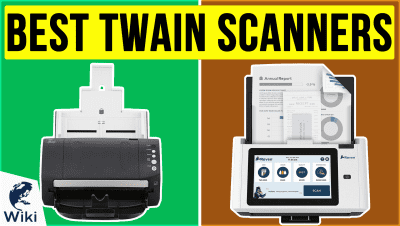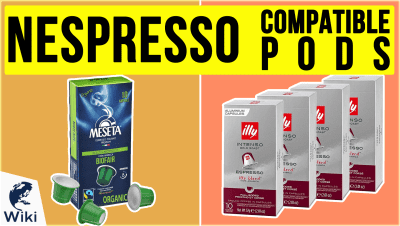The Unofficial ERC-721 Wiki
One of the reasons the Ethereum blockchain is so popular with developers is its ability to incorporate smart contracts for the trading of unique digital assets known as crypto collectibles, which are created through a standard known as ERC-721. We've got a full breakdown of what makes these tokens different, and why so many of them are popping up. To learn more about the variety of decentralized applications out there, try this guide to DappRadar. This video was made with Ezvid Wikimaker.
What Are Some Popular ERC-721 Tokens?
- CryptoKitties - digital cats that can be bred with one another
- Factbar - representations of facts that are researched and verified through an online community
- CryptoCountries - tokens that match countries on a world map
- CryptoCities - expands on the idea of map-based tokens to create a complex strategy game
- Etheremon - digital monsters that can be trained to do battle with one another
- HelloDogs - similar to CryptoKitties, also incorporates a lottery system to encourage participation
- Fair City - group city-building game where players develop virtual plots of land
The Importance Of CryptoKitties In The World Of Blockchain
How Do I Purchase An ERC-721 Token?
In general, these tokens are purchased on their individual websites, each of which has its own marketplace. You won't find them on exchanges like ForkDelta, which are for fungible ERC20 tokens. Some marketplaces exist, such as Rare Bits and OpenSea, but these don't have every ERC-721 token available. While each site is different, most employ MetaMask, which you can supply with Ether using Coinbase if you're in the US, or ShapeShift if you want to exchange another type of cryptocurrency. For a full explanation of how the process works, try this step-by-step guide on how to claim a Factbar.
CryptoCities Strategy Guide
In Depth
One of the aspects of the Ethereum blockchain that has excited developers is the ability to create smart contracts for the trading of unique, non-fungible assets. In order to regulate these smart contracts, ERC721 was devised. This open standard describes how to build these tokens and defines a minimum interface for them to be owned and traded. Let's take a look at these unique digital assets and explain what makes them special.
Most people are familiar with Bitcoin and Ethereum, cryptocurrencies that rely on blockchain technology. By using a decentralized ledger, users can verify transactions without the need for a central authority. Ethereum's blockchain is notable because it allows for the creation of decentralized applications, or dapps, that use smart contracts to allow for the trading of alternative assets on Ethereum's blockchain.
Beyond Bitcoin and Ethereum, there are many different types of crypto coins available. Often companies will issue an "I.C.O.," where they sell tokens that represent a stake in their company, or use those tokens as currency to participate in that company's business. You can use Ether to buy and sell these tokens. Many companies are attracted to Ethereum because of its ability to incorporate smart contracts through a set of principles called ERC20.
You can use Ether to buy and sell these tokens.
When you make a transaction on the Ethereum network, no person is verifying your payment. Instead, it goes through a smart contract for the asset that you're buying or selling. ERC20 is a set of six functions for these smart contracts to ensure integration with the blockchain, and most digital wallets that accept Ethereum will also accept ERC20 tokens. You pay a small bit of Ether for every transaction, it goes through the company's smart contract, and is recorded on Ethereum's blockchain.
ERC20 tokens are like Bitcoin and Ether in that they are fungible, meaning all coins of a certain currency are the same. If you have two Bitcoins, and you plan to sell one, it doesn't matter which one you sell because they are worth the same amount. You can also deal in fractions of a coin in the same way you can deal in dollars and cents. But some assets are unique, or non-fungible. That's where ERC721 comes in.
ERC721 is a standard for smart contracts dealing in digital assets that are not all the same. One popular example is Factbar, online representations of facts that are researched and verified. If you own a Factbar, you are the only person who owns it at that time, and every Factbar has its own unique value. Highly-desirable Factbars are therefore very valuable because they are rare.
Highly-desirable Factbars are therefore very valuable because they are rare.
Because these tokens are unique, you can't trade them on exchanges like ForkDelta. If fungible coins are like dollars, ERC721 tokens are like a rare guitar. You can't sell someone part of your guitar, and you wouldn't list it on an exchange where all guitars are sold for the same price. Instead, these websites have their own marketplaces where you can buy and sell tokens, and each one has its own distinct price.
To claim a digital asset like a Factbar, you need a digital wallet like MetaMask, a browser extension that lets you add Ether using Coinbase or ShapeShift. When you claim your Factbar, you'll need to initiate a transaction on MetaMask and pay the gas. Once you've verified that the transaction has gone through, you'll be the owner of that unique asset. From there, each site has its own rules regarding the buying and selling of individual assets.
One of the first dapps to take advantage of ERC721 was CryptoKitties, digital cats that each have their own traits. They can be bred with one another to produce other kitties, and those with rare traits can fetch high prices. The game took the blockchain by storm, with millions of dollars worth of Ether being exchanged among players to purchase or breed with rare kitties that possessed desirable characteristics.
The game took the blockchain by storm, with millions of dollars worth of Ether being exchanged among players to purchase or breed with rare kitties that possessed desirable characteristics.
In the wake of CryptoKitties, many other types of crypto collectibles have been created. These include games like CryptoCities and CryptoCountries, where players exchange tokens based on real-world locations, as well as Fair City and Etheremon, blockchain versions of popular formats that allow users to really own their virtual tokens. Many of these assets can now be traded on marketplaces like Rare Bits and OpenSea, which appeal to users who are invested in multiple games at once.
But games aren't the only type of assets that can take advantage of this technology. As Factbar shows, it's possible to create assets that function outside of the website on which they are purchased. You can use the videos and images that correlate with a Factbar to promote them on YouTube or social media, using the brand as a seal of approval to back up your viewpoints.
As the popularity of Ethereum expands, and Ether becomes more common as a currency, there will be many more uses for non-fungible tokens. For now, users are picking them up both because they enjoy the fun of playing these games, but also to make a profit. While we don't know what the future holds for the value of Ether, many see crypto collectibles as a way of diversifying. In the same way that you might hold onto a rare stamp that's worth money, these collectibles could develop their own rarities markets and fetch a pretty penny down the road.
















